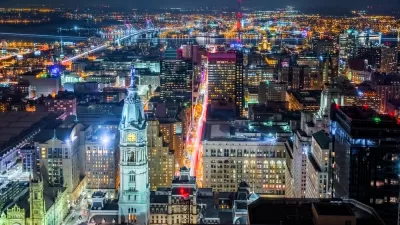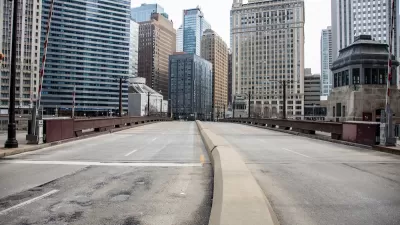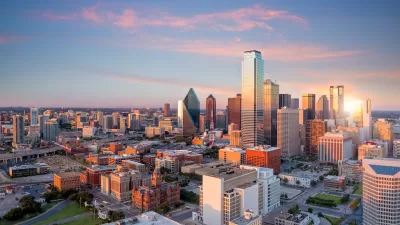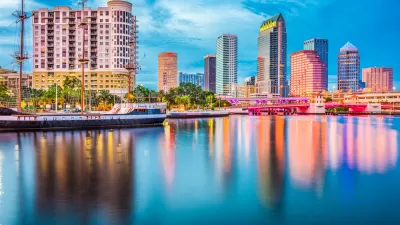A Brookings Institution study reveals that crime rates in major cities have risen, but downtown districts account for a negligible part of the growth.

According to a study from the Brookings Institution, fears about safety in U.S. downtowns are not based in fact. As Jake Blumgart explains in The Philadelphia Inquirer, the authors “ found that across the four cities, downtowns accounted for an almost negligible share of total citywide property and violent crime.”
While violent crime rates are at a high in other parts of Philadelphia, for example, the Center City neighborhood remains safer than others, accounting for only 1 percent of the growth in property crime between 2019 and 2022. Of the four cities in the study, Seattle was the only one with a higher rate of violent and property crimes downtown. In the others, the share of crimes occurring downtown remained the same or, in Philadelphia’s case, went down.
The study notes that a rise in visible homelessness and drug use, driven in part by lower foot traffic and vacant storefronts, influences the overall sense of unease felt by many urban residents, but points out that “people living on the street are more likely to suffer crime than to commit it.”
When it comes to violent crimes in Philadelphia, the study highlights the patterns that existed pre-pandemic. “Those crimes are almost wholly not taking place in Center City, but in systemically disadvantaged neighborhoods where much of the violence took place before the pandemic — and where it’s since become far worse.”
The study outlines recommended solutions that can improve safety, such as lighting and other infrastructure. According to researcher Hanna Love, “The best use of public funds would be investments in safety infrastructure in the higher-crime neighborhoods, rather than, say, adding a bunch more police officers [downtown].”

Planetizen Federal Action Tracker
A weekly monitor of how Trump’s orders and actions are impacting planners and planning in America.

DARTSpace Platform Streamlines Dallas TOD Application Process
The Dallas transit agency hopes a shorter permitting timeline will boost transit-oriented development around rail stations.

Four Reasons Urban Planners Can’t Ignore AI
It’s no longer a question of whether AI will shape planning, but how. That how is up to us.

Bikeshare for the Win: Team Pedals to London Cricket Match, Beats Rivals Stuck in Traffic
While their opponents sat in gridlock, England's national cricket team hopped Lime bikes, riding to a 3-0 victory.

Amtrak’s Borealis Exceeds First Year Ridership Expectations
205,800 passengers have boarded the St. Paul to Chicago line, well above initial MDOT projections.

Study: 4% of Truckers Lack a Valid Commercial License
Over 56% of inspected trucks had other violations.
Urban Design for Planners 1: Software Tools
This six-course series explores essential urban design concepts using open source software and equips planners with the tools they need to participate fully in the urban design process.
Planning for Universal Design
Learn the tools for implementing Universal Design in planning regulations.
City of Mt Shasta
City of Camden Redevelopment Agency
City of Astoria
Transportation Research & Education Center (TREC) at Portland State University
US High Speed Rail Association
City of Camden Redevelopment Agency
Municipality of Princeton (NJ)





























